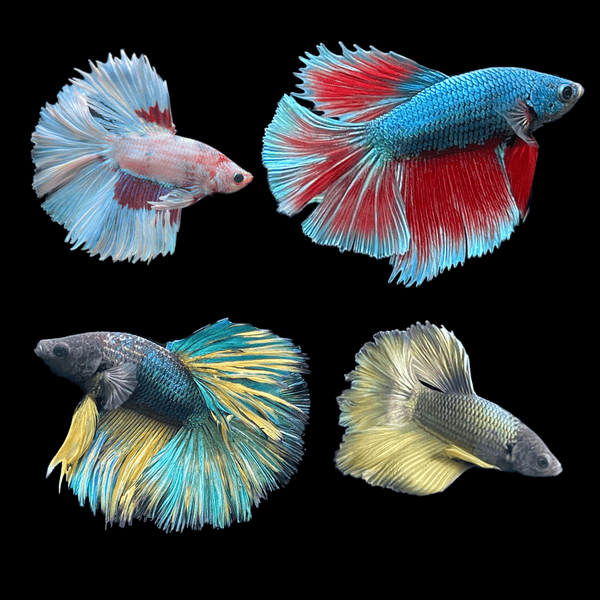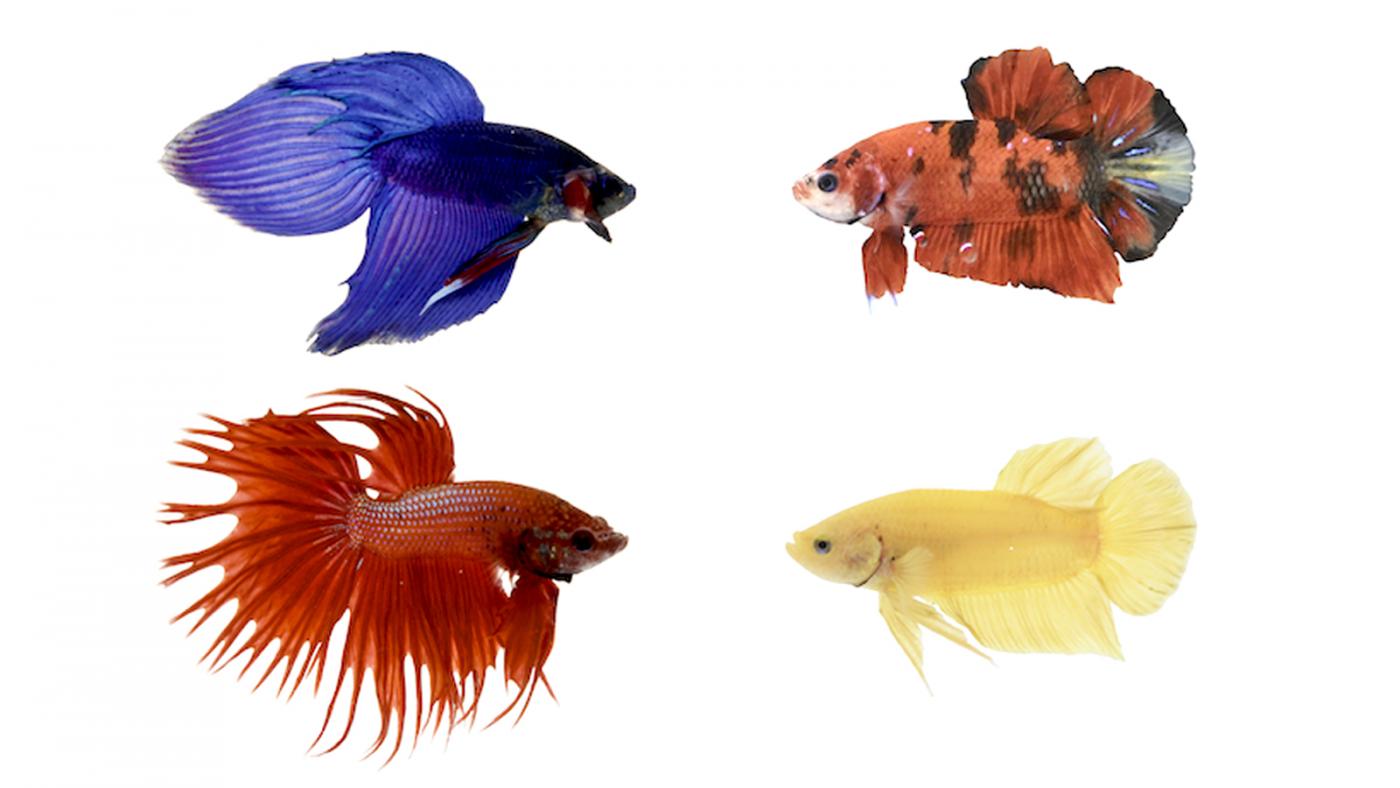Betta Fish Tank Setup: A Step-by-Step Guide for Beginners
Betta Fish Tank Setup: A Step-by-Step Guide for Beginners
Blog Article
How to Reproduce Betta Fish Effectively: Specialist Methods and Insights for Hobbyists Aiming To Broaden Their Betta Collection
Breeding Betta fish calls for a nuanced understanding of genes and ecological problems, making it essential for enthusiasts to approach the procedure with both persistance and treatment. Creating an optimal reproduction atmosphere, choosing the right pairs, and observing the details of their courtship habits are foundational steps that can dramatically influence the outcome.
Understanding Betta Fish Genes
Recognizing the genetics of Betta fish is crucial for effective reproduction, as it affects qualities such as color, fin form, and habits. Betta fish exhibit a diverse array of shades and patterns, largely established by their hereditary make-up.
Along with coloration, fin morphology is an additional substantial element of Betta genetics (betta fish). The shape and dimension of fins are influenced by different genetics, including those that establish whether the fins are brief, long, or veil-shaped. Recognizing these genetic variants helps breeders forecast the phenotypic outcomes of their children
Furthermore, behavioral characteristics such as aggressiveness and territoriality can also be influenced by genetics. These habits play a crucial role in the reproducing process, as they can influence spawning success and the overall personality of the resulting fry. By adequately comprehending these genetic concepts, dog breeders can make informed decisions, eventually enhancing their breeding programs and achieving preferable results.
Preparing the Breeding Setting
Producing an optimum reproduction environment is vital for the successful reproduction of Betta fish. The very first action in preparing this environment is to select an appropriate reproduction container, ideally varying from 5 to 10 gallons.
Following, think about the usage of a sponge filter or an air stone to offer mild water flow without producing strong currents that can stress the fish. It is important to set up plants or breeding cones to supply hiding spots and advertise comfort for the lady during the spawning procedure. Floating plants, such as Java moss or water sprite, can also develop an extra natural atmosphere while helping with bubble nest structure by the male.
Prior to presenting the reproducing sets, make sure the water is conditioned and devoid of unsafe chemicals, such as chlorine or hefty steels. betta fish. Routine water adjustments need to be conducted to keep optimal water high quality, enhancing the possibilities of effective reproduction. With these preparations in position, the breeding environment will certainly support the health and health of both Betta fish
Selecting Reproduction Pairs
Selecting the best breeding sets is important for attaining successful Betta fish recreation. When choosing your breeding pairs, take into consideration several crucial aspects consisting of wellness, character, and genes. Healthy Betta fish exhibit vivid shades, clear eyes, and active behavior. Picking fish that are without illness makes sure a much better chance of creating practical offspring.
Character is one more vital factor to consider, as Betta fish are recognized for their hostile nature. It is suggested to select a male and lady that display suitable characters to reduce stress and anxiety throughout the breeding procedure. A tranquil male can encourage a smoother courtship, while a useful reference lady that is too hostile may interfere with the procedure.
Genetic history also plays a substantial function in the high quality of the spawn. Reproducing fish that are genetically varied can minimize the danger of genetic wellness problems and enhance the overall vitality of the fry. It is advantageous to look into the family tree of both the male and woman, focusing on desirable traits such as fin kind, color scheme, and dimension.
The Reproduction Refine
The breeding procedure of Betta fish requires careful planning and attention to detail to ensure an effective result. It is important to prepare a suitable breeding container, ideally a 5-10 gallon fish tank with a temperature maintained at 78-80 ° F. The storage tank ought to be equipped with a heating system, filter (ideally sponge type to prevent strong currents), and a lot of water plants for the lady to conceal.
When the atmosphere is set, present the selected breeding set to the container, permitting them to acclimate. Observe their actions; the male will certainly display elaborate courtship rituals, including flaring his fins and building a bubble nest. If the female shows rate of interest, she will certainly show vertical red stripes showing preparedness for spawning.
When the lady is receptive, both will certainly participate in a mating accept, throughout which the male fertilizes the eggs. It is essential to monitor their interactions very closely, as the male might become aggressive. After generating, get rid of the woman to avoid potential injury. The male will often tend to the eggs, which commonly hatch out within 24-36 hours. Maintaining optimum water problems throughout this period is crucial for the advancement of healthy and balanced Betta fry.
Caring for Betta Fry

Feeding Betta fry is vital, as they require a diet plan high in healthy protein. At first, they can be fed infusoria or fluid fry food, transitioning to carefully smashed top image source quality pellets as they expand. look at here Feed little parts numerous times a day to urge healthy and balanced growth without overwhelming the storage tank with uneaten food.

As they mature, monitor their development closely and divide any aggressive people to stop harm. By giving a supporting setting and appropriate nourishment, enthusiasts can effectively elevate Betta fry into vibrant, healthy and balanced fish, eventually improving their reproduction ventures.
Final Thought
Successful Betta fish breeding calls for precise interest to genetic option, ecological conditions, and care for the fry. By understanding the genes of Betta fish and preparing a proper reproduction environment, enthusiasts can boost the opportunities of generating lively, healthy and balanced offspring.
Report this page